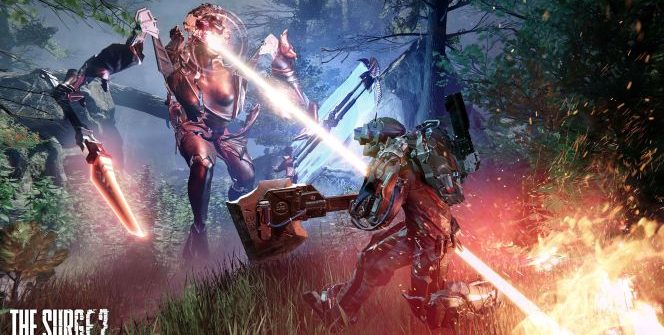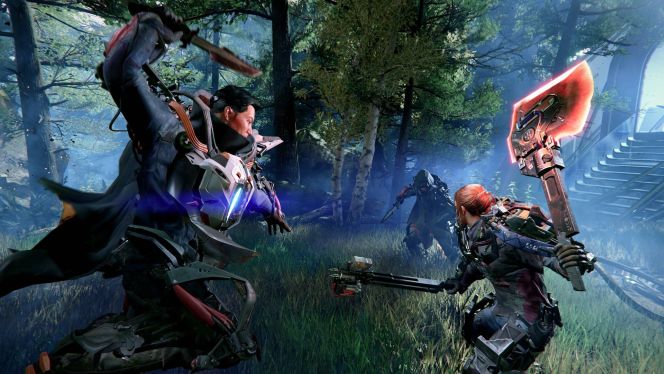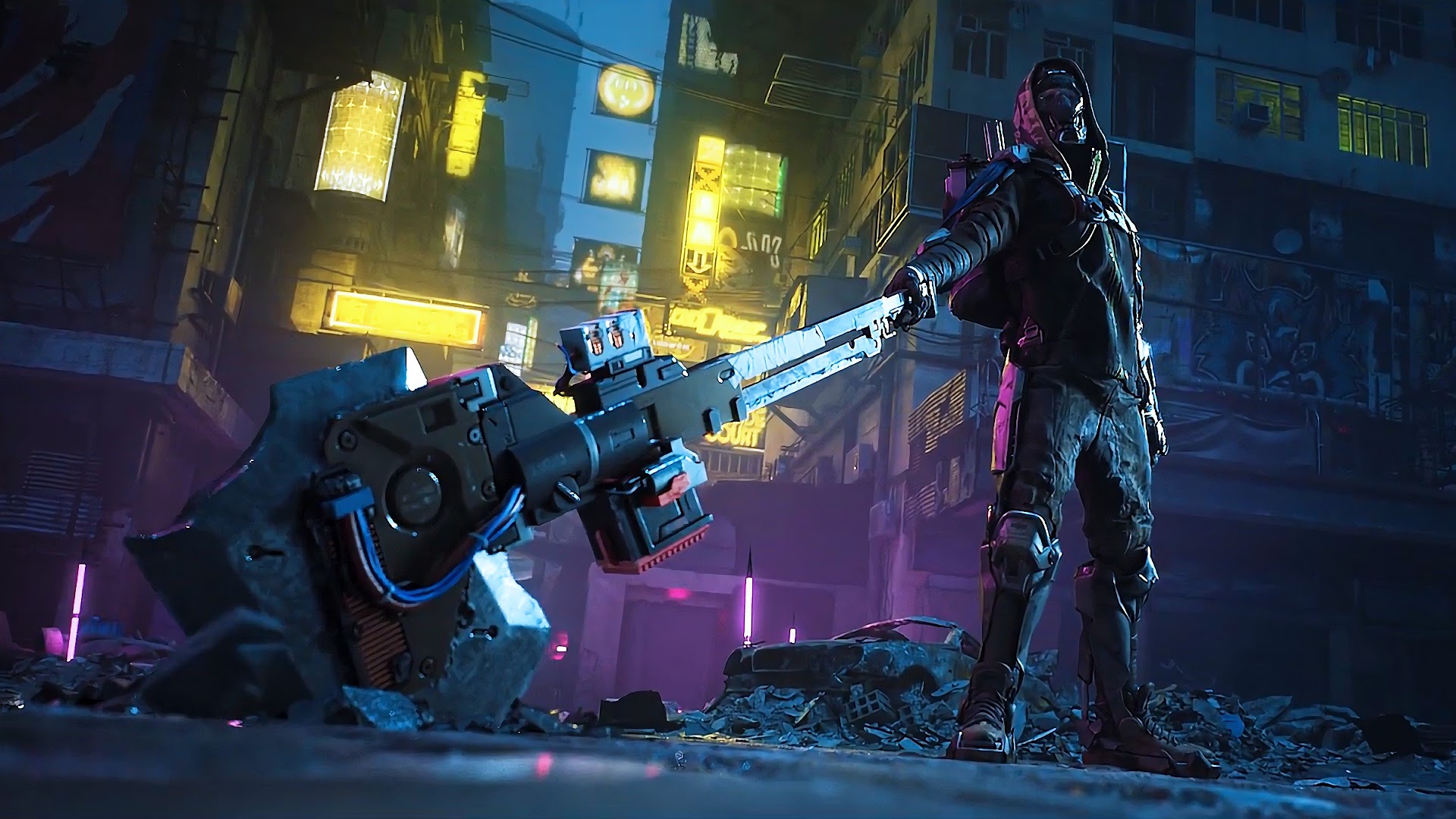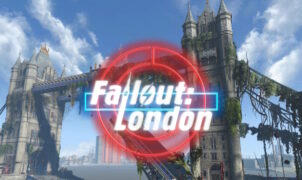REVIEW – Capitalizing on the success of the Souls series, the team of Deck 13 released their first big game, Lords of the Fallen in 2014. It was an average game with some good ideas, but overall, it turned out to be quite forgettable and it didn’t really have a lasting effect on the world of gaming. Three years later though, the team came up with something truly fresh and unique inside of the genre, a memorable action-RPG that managed to step out of the shadow of the Souls titles. This was The Surge, a game with a strong identity and many creative ideas, a game that managed to stand on its own feet, and despite some of its shortcomings, turned out to be strong enough to put Deck 13 on the map.
Two years have passed since the first game’s release and since then, I was eagerly waiting for what the Frankfurt-based comes up next and in what direction they’ll push the series forward after the cult-hit first title. I wondered whether the sequel will be able to fix some of the shortcomings and problems of its predecessor and will it be able to improve on its liked features even more to create something truly special and generally well-acclaimed?
A pleasant surprise
Well, while the answer can be so straightforward based on the game’s Metacritic (77/100) and Steam (7/10) score, the answer is still a firm yes. First of all, most of the negative reviews on Steam originate from the game’s technical state (which are mostly fixed by now), and not from the game’s actual quality itself. Secondly, it’s important to emphasize that The Surge 2 is a game that is quite hard to properly criticize without getting familiar with it on a deep level.
Namely, because The Surge 2 requires a huge level of attention and focus in order for players to be able to understand the depth and underlying systems of its gameplay. However, this level of playing is simply incompatible with most gaming journalist’s worktime/free time, therefore the given critique can easily become superficial. Fortunately, I’m in a position that I was able to play through the game in my own comfortable place and I was able to immerse myself in its world, so I could later form an informed opinion about it – massive thanks to our Editor-in-chief for that.
As for my opinion, well, it’s more than positive. The Surge 2 is a quite brilliant, worthy step up compared to its predecessor, which is a game that I already really liked. At the same time, I also think that this is the general consensus about the game between those people who really managed to delve deep into it and understand its different mechanics and systems thoroughly – you just need to look at what some independent gamer YouTubers say about the title.
Of course, even the best works aren’t free of problems and The Surge 2 isn’t perfect either, but everything is in there to make a standout, quality title. In the following points, I’m going to break down many of the game’s aspects in a pro and con manner – spoiler: there’s much more of the first one.
PRO: Fresh and unique ideas
The first The Surge was already a memorable and standout game to me thanks to many of the ideas that helped to create its identity and make it much more than a simple Souls-clone. The Surge 2 doubles down on this and implements even more ideas to make the gameplay experience even more rich, varied, fresh, and interesting. The directional blocking, the flying drone, the limb targeting system, the multiplayer mini-game with holograms, or the flexibility and depth that the game offers in terms of character building are good examples for this (but there are much more than these).
PRO: Deep and flexible character-building system
The Surge 2 doesn’t force you to go down on any specific path. If you are not satisfied with your build or you are just eager to try out something different, you can easily respec all of your skill points, and you can even change your implants on the fly that will fundamentally alter your character. The implant system, in particular, is one of the biggest strengths of the game. The Surge 2 respects your intelligence and if you manage to deeply understand the potential synergy between specific implants, you’ll be able to make an extremely strong character that will be very satisfying to use.
PRO: All playstyles are viable
You can play The Surge 2 in any way you want, unlike the first game, in which the only really ideal way to play in my opinion was to use a build that focused on heavy dashing/evading. Here, dashing is a little bit harder and requires more skill, while the parrying system (in this case, the directional blocking) is heavily improved, so it’s very usable now. You can support these types of movement/playstyles with specific implants and implant combinations, weapons, and armors. A tank build is also a great option if you are more into that, and this is the one I used.
I basically made an indestructible beast by the final third of the game and I killed the last armours bosses on my first try. , in particular,I created an “infinite” loop, and I constantly “produced” energy, stamina, HP and HP potions, while I was also able to execute every enemy for loot and my character really wasn’t able to die. I just face-tanked everything.
PRO: Satisfying and responsive combat
The combat is brutal, hectic, and satisfying. There are multiple weapon types you can choose from and each one has its own set of attacks, strengths, and weaknesses, meaning that regardless of how you want to play, you’ll most likely find what you are looking for. The combat has a significant level of depth and it offers a lot of room for tactics and strategising, similarly to the first game. However, here, this depth is even greater thanks to some additional tweaks – such as modified enemy behaviour and player movement, more varied weaponry, the drone (which is actually useful now), and enemy types.
PRO: Great amount of content
It took me roughly 24 hours to finish The Surge 2 – I backtracked a lot, I did most of the side-quests. A full 100% playthrough could probably last for 30 hours. Considering the fact that the content that is present here is high quality, and the fact that this game released at a lower price than other AAA titles, plus it also has a huge replay value (even more so than other titles from its genre thanks to the implant system and the infinitely upgradeable gears), it easily worth its asking price even at launch (which is 50$).
PRO: Addictive gameplay loop
It’s very hard to put down this game once you get the hang of it – the exploration is rewarding and fun, the combat feels visceral and kinetic, there’s always a sense of progression thanks to the levelling, looting, exploration, and story. Coming up with interesting and effective implant combinations is extremely rewarding and satisfying, and overall, despite some of the more annoying sections of the game (there’s only a few) it’s a blast to play it.
PRO: Intelligent level design
In a lot of ways, The Surge 2’s semi-open world is the best one that ever comes out from the games of its genre. It’s the deepest, most interconnected one with the most shortcuts, and it has the most vertical space with the most explorable areas. Although it should be said that it’s a blessing and a curse at the same time. You can really get lost in this world, yes, but it’s not necessarily a good thing in every case.
PRO: No farming
Thanks to how The Surge 2 handles progression, loot, levelling, and item upgrades, basically you won’t have to farm at all through the entire game. You can 100% get what you want (a specific loot) if you are good enough and do not fear of some additional challenge. This is true for materials, for armours, and for weapons as well. You’ll simply get what you see. This means that you can steadily progress through the game without any artificial barrier which’s only purpose would be to artificially extend the gameplay length.
CON: Confusing navigation
As I have mentioned previously, the levels are large and heavily interconnected with a lot of areas available for exploration. While this is good, I feel like at the same time the game doesn’t give enough help for the player to be able to properly navigate through the world. A lot of times I got lost and I had absolutely no idea where to go next.
Not necessarily because I didn’t know to which area should I go next, but because I simply didn’t know how to get there. You see, the map simply has so many shortcuts and routes that it’s just not really possible to properly memorize them and this can lead to a lot of frustration. This can make exploration a little bit more time-consuming than it should be, and sometimes tedious. A fast travel system with more travel points, a better map (which could be accessible anywhere), or just better environmental signs would have helped a lot.
CON: Technical problems
I experienced a lot of stutters and unexplained framerate drops regardless of GPU, CPU and memory utilization in the first days after the game’s release. The frame pacing was also quite inconsistent. Fortunately, these problems seemingly got fixed with the latest update, but one issue still remains. The game is simply badly optimised, as opposed to the first game, which has a great PC version. I have a GTX 1080Ti, which is one of the fastest graphics cards available today (with an i5-9600K and 2x8GB 3200MHz DDR4 RAM) and I wasn’t able to hold a steady 60FPS even at the absolutely lowest settings at 3440×1440 resolution. This is simply unacceptable. A game with this level of simulation complexity and visuals should run around 80-100 frames per second at max settings at this resolution. I shouldn’t have to lower down settings and also rely on the dynamic resolution scaler just to get acceptable framerates.
CON: Difficulty Spikes
While the game is generally well balanced, it’s safe to say that in the first third of the game you’ll probably won’t have as much fun as in later sections of the game, because by that time, you simply won’t be high level enough yet to be able to really take advantage of some crazy good implant combinations and gear combos – not even mentioning the fact that the second strongest boss in the entire game appears in the first third, which will probably give you some headaches. Also, the second Dwelver boss is extremely badly designed and overpowered, and tons of people already made rage posts about it, it just sticks out like a goat on a pig carnival. Aside from this, there are some unpleasant, badly designed enemy encounters and sections in the game – mainly directly after the state of the world has changed.
CON: Some conflicting design decisions
I already mentioned that the game wants to give you a bigger space to explore, yet it fails to really give you the tools to properly immerse yourself in the world. In the sense that it’s really hard to navigate without a proper map or better environmental signs. Another conflicting decision is how the game handles the upgrades. In theory, the game wants to encourage you to constantly try out different weapons, armours, implants, and experiment with your build. In practice though, you’ll only really want to pick up another gear if you are able to upgrade it to the appropriate level. Otherwise, you will just handicap yourself. The problem is that it’s not enough that you play harder by purposefully targeting armoured limbs of enemies to get upgrade materials. You also need to spend a lot of Tech Scraps to be able to upgrade your gear.
This discourages players from actually doing this, because first, Tech Scraps can be used for a much more useful thing as well (for levelling up), and usually, players won’t have enough Tech Scraps at the same time anyway, and who wants to spend time with farming just to be able to upgrade a different armor to a higher level, if he already has a good one? The upgrade cost is just an unnecessary barrier that hurts the game, the ability to upgrade should be a reward in itself for fighting against tough enemies and acquiring enough materials from them.
CONCLUSION
The Surge 2 is a great, immersive, addictive, content-rich action-RPG/Souls-like, that pushes out the boundaries of its genre with some fresh and unique ideas. It has some technical hiccups and gameplay design problems, but overall, it’s a game that easily worth your money, even at launch/full price.
-DaemonX-
Please support our page theGeek.games on Patreon, so we can continue to write you the latest gaming, movie and tech news and reviews as an independent magazine.
Become a Patron!
Pro:
+ Addictive, varied gameplay
+ Great and deep combat system
+ Tons of great ideas in terms of gameplay
Against:
– Technical problems
– Some conflicting gameplay design decisions
– A little bit unbalanced difficulty
Publisher: Focus Home Interactive
Developer: Deck 13
Genre: ARPG/Souls-like
Release date: September 24, 2019
The Surge 2
Gameplay - 9.6
Graphics - 8.8
Story - 8.2
Music/audio - 7.6
Ambience - 8.5
8.5
EXCELLENT
The Surge 2 is a great, immersive, addictive, content-rich action-RPG/Souls-like, that pushes out the boundaries of its genre with some fresh and unique ideas. It has some technical hiccups and gameplay design problems, but overall, it's a game that easily worth your money, even at launch/full price.


























Leave a Reply